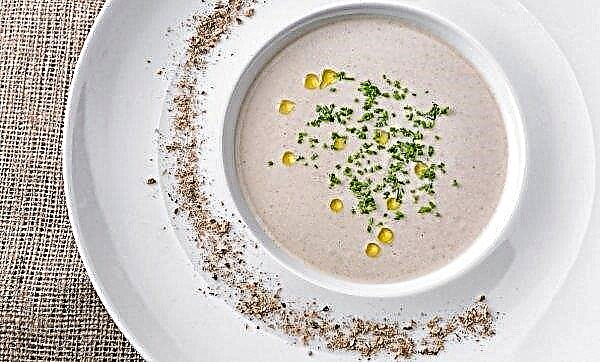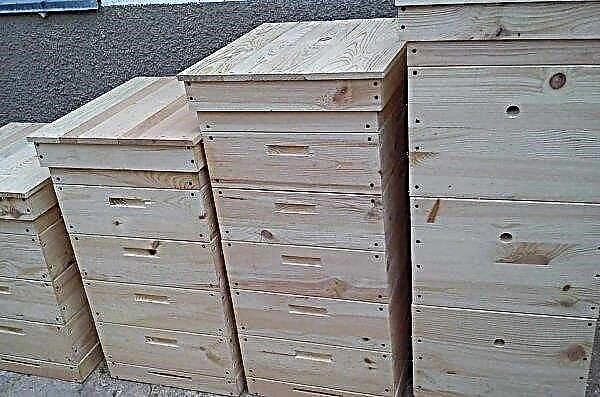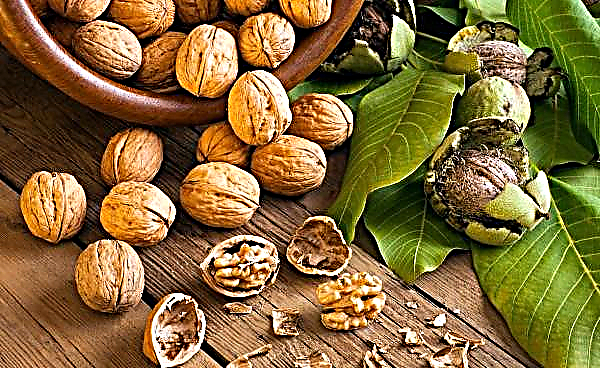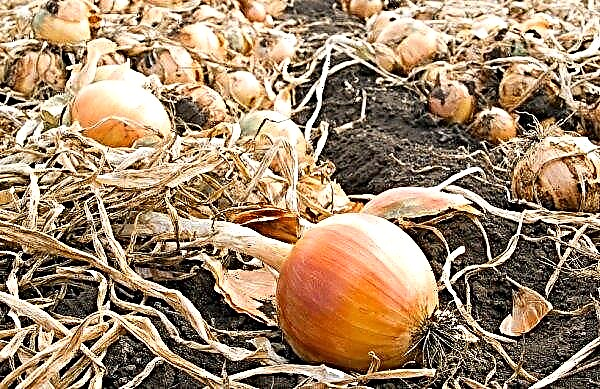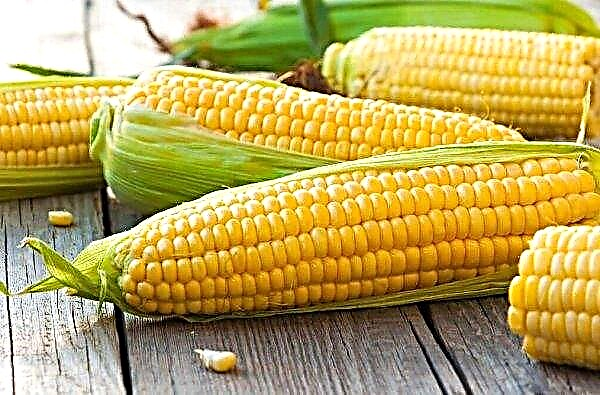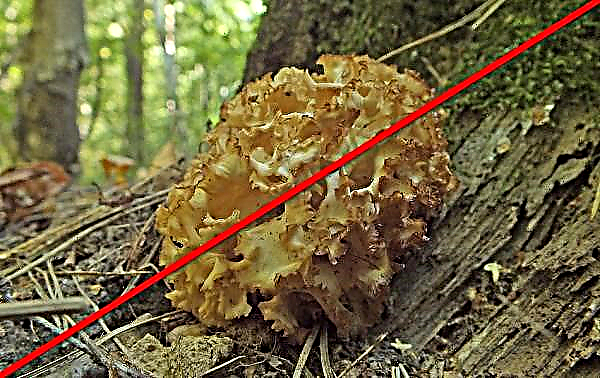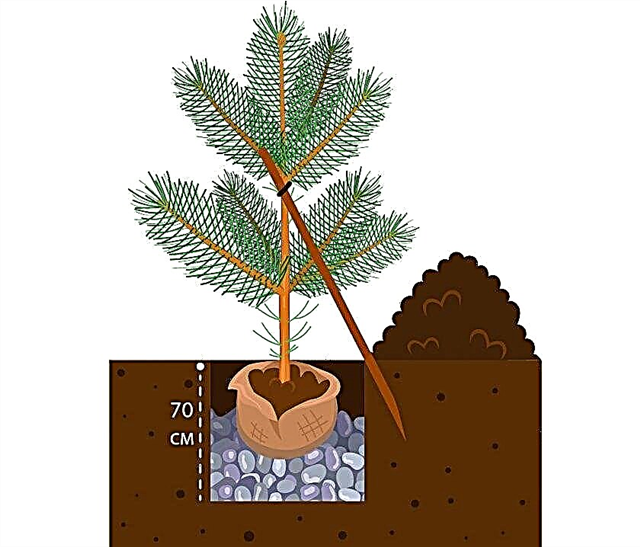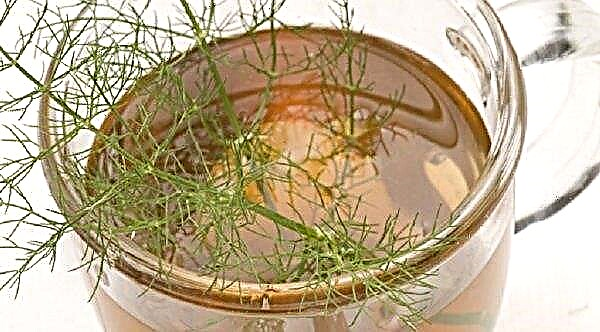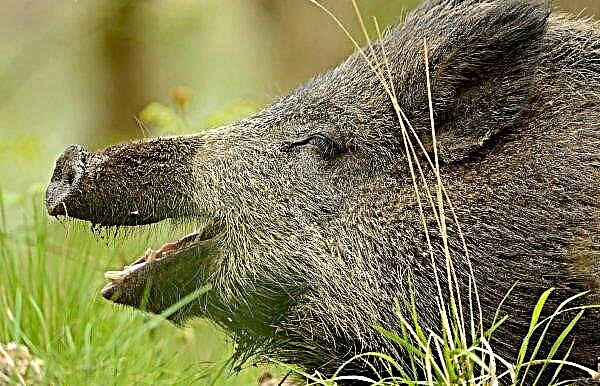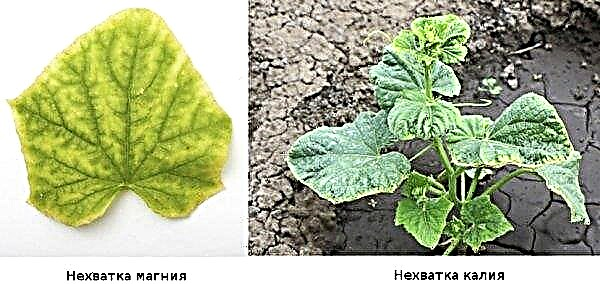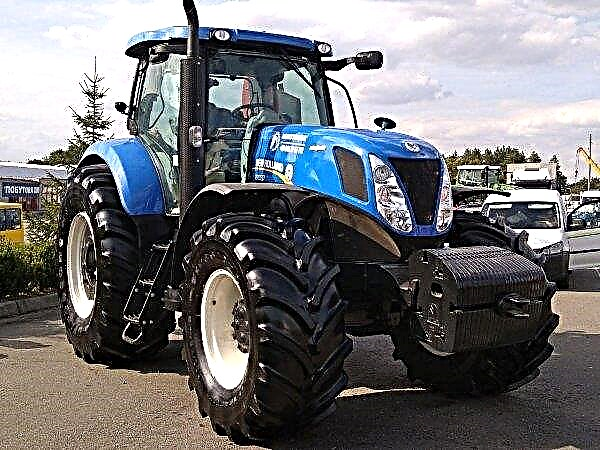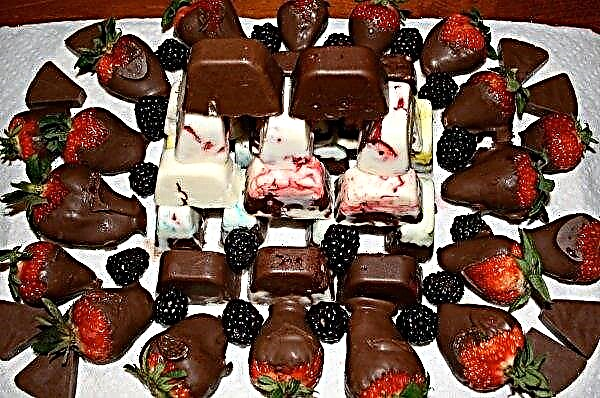Humanity has been breeding sheep for about 10 thousand years. During this time, many breeds of different directions and degrees of productivity appeared. This article will introduce these animals and their characteristics in detail.
Breeding sheep
Depending on productivity in a certain direction, sheep are classified as meat, dairy and woolly. Breeds grown for wool, in turn, are also divided into classes according to the quality of the coat.
Fine-fleece
The coat of animals of this direction consists of long and thin hair of a homogeneous structure. Their hair keeps heat well, and the productivity of animals is three times higher than that of coarse-haired individuals. Fine-fleeced sheep are mostly distributed in Azerbaijan, Kalmykia, the Lower Volga region, and the North Caucasus. The group is characterized by early maturity, but meat productivity is often low.
Popular breeds:
- Stavropol - the yield of pure wool after cutting the male - 15 kg, females - up to 8 kg;
- Georgian fine-wool fat-tailed - average productivity indicator - 5 kg per individual;
- Vyatka - from one individual shear up to 10 kg of wool.

Half-fine
Demand for products in the world market is increasing every day, especially cross-handed raw materials are especially appreciated. It is obtained by crossing half-fine-fleeced sheep with merinos.
Did you know? The most expensive breed in the world is the lop-eared Dolan. In China, where it is grown, its value can reach $ 2 million.
The types demanded today:
- Prekos. The French semi-fine-crowned sheep pleases with its productivity - 4-7 kg per individual, 48% net yield;
- Dagestan mountain. The yield is about 55%; on average, 6 kg are cut from one ram;
- Finnish landrace. American sheep farmers entered the breed in their breeding register - this is an achievement, given that there are only 24 items on the list. Productivity - 4.5 kg, hair length - up to 18 cm.

Merino
Merino is one of the most profitable groups, their thin and soft wool is in high demand. Animal hair is sheared with a whole fleece.
In the list of the best species are:
- Ramambulier (French selection) - 6-10 kg of high quality raw materials of 65–70 class;
- Soviet merino - yield 42% of net production, cut an average of 5-10 kg;
- Azerbaijan Mountain Merino - depending on the floor - 5-10 kg of raw materials, the length and quality of wool are successful in the textile industry. Sheep are bred mainly in the mountainous regions of the Caucasus and Transcaucasia.

Woolly
In addition to the good recoil of the fleece, wool breeds are characterized by early maturity and excellent productive meat characteristics. The group is divided into long-haired and short-haired.
Among the popular types are:
- Russian Longhair. Bred in the Tver and Voronezh regions with the participation of a ram Lincoln. Fleece is often white, precocious, yield - 65%, hair length - 18 cm;
- Lincoln. Twisty, long up to 30 cm wool, 42nd grade quality. Up to 14 kg of raw materials are sheared from a ram per year, a female gives less - 6 kg on average;
- Lezginskaya. Animals belong to the group of Caucasian oily-tailed breeds. Twice annually gives 3.5 kg of raw materials, the length of the fluff - 4 cm, awns - 15 cm.

Meat
Among these sheep, a group of fat tail animals is distinguished. Their main difference is the accumulation of fat near the tail, the so-called fat tail. In addition, in the general description of the group there are such features as a developed muscle corset, fast weight gain and a high daily gain of young animals.
The best representatives of the direction:
- Vendee. The French bred animals with lean slightly sweet meat, with signs of marbling and a practically absent odor. Productivity - 50% of pure raw materials, for the slaughter of precocious animals they give in 6 months. The daily gain of a lamb is 450 g; at 4 months of age, it weighs 60 kg;
- Buubei - her meat is compared with veal, there is no smell, the taste is delicate. The yield is 52%, slaughter at the age of 7 months, weight at that time 40 kg. One of the breeds with a very strong immunity;
- Frolovsk sheep, practically do not get sick, meat yield - 50%. Valued products for dietary properties: a thin layer of fat, delicate taste, juiciness;
- German Merinoland - appreciated by restaurateurs for their fasting, lack of smell and marbling meat. Yield 53%, slaughter at 4 months, carcass weight 45 kg.

Dairy
From the name it is clear that sheep of this direction are raised for milk. But, besides this, from the group they also receive skins of lambs, which are highly valued. The quality of milk is inferior in composition to cow and goat, but it is popular and in demand in cheese production.
Did you know? Most cheeses can be prepared from any milk - cow, goat, sheep. But there are cheeses for which the raw material is exclusively a sheep’s product, for example French Roquefort, Italian Pecorino Romano or Greek Feta.
The best representatives of the dairy direction:
- East Friesian. A popular breed in Germany, one individual during the lactation period brings up to 600 liters of milk. Milk per day is up to 6 l, fat content is up to 8%, and protein content is about 5%. East German sheep is distinguished by a large udder and developed nipples. To obtain high milk yield conditions are important: good grazing and quality feed in the winter;
- Zwartbless. During the lactation period, the Dutch sheep brings up to 350 liters of milk. Differs in good fertility, often bringing triplets. In addition, the breed has sweet, tender meat, does not have much fat and the inherent lamb odor;
- Avassi. Syrian sheep are leaders in dairy productivity. Unpretentious care, hardened by the harsh conditions of a hot and arid climate of the uterus in the season give up to 800 liters of production.

Large breeds
They are grown for meat, because usually animals quickly gain slaughter weight. They are mostly not demanding on the content. Representatives of large breeds:
- Gissar Uzbek breedIt is distinguished by a quick ost and weight gain. Adult Gissar specimens have a mass of 180 kg of sheep and 130 kg of a female, the height at the withers of the male is 90 cm, the females are 85 cm;
- Texel - bred in the Netherlands, male weighs 160 kg, females 70 kg. Growth at the withers at the ram - 87 cm, at the female - 75 cm;
- Edilbayevskaya fat tail - adult females gain weight 120 kg, males - 160 kg. Animals with large bones have about 80 cm at the withers, and 100 cm in the circumference of the chest.

Most popular breeds: top 10
Each sheep breeder prefers several types of animals, depending on their own abilities and expectations from growing.
Karakul
Direction of Karakul sheep - original curled wool. The breed is classified as smushkimi, i.e., the extra income is brought by the skins of lambs, called smushki.
- There are other advantages:
- easily adapt to climatic conditions;
- possess valuable fur (astrakhan fur);
- good health;
- good milk and meat productivity.

The disadvantage is the low quality of the meat.
| Characteristics | Indicators (female, male) |
| Height | 65–78 cm |
| Weight | 50–70 kg |
| Wool | 3-5 kg |
| Meat (exit) | 50% |
| Milk | Up to 30 l |
Suffolk
The English breed of meat and wool, prolific and productive. Lambs quickly gain weight, about 400 g per day. At 3 months of age, the weight of an individual is 40 kg.
Did you know? There are only two sheep breeds in the world with full albinos, Suffolk — one of them.
- Advantages:
- transmit breed characteristics during reproduction and crossbreeding;
- hardy and resistant to disease;
- excellent meat quality, odorless;
- long distances go in search of food;
- not capricious in content.
 There are no shortcomings in the breed, it is considered one of the most promising and productive varieties.
There are no shortcomings in the breed, it is considered one of the most promising and productive varieties.
| Characteristics | Indicators (female / male) |
| Height | 75–80 cm |
| Weight | 100–140 kg |
| Wool | 3-5 kg |
| Wool yield | 62% |
| Meat (exit) | 52% |
Kuibyshevskaya
Highly productive meat and wool breed with excellent quality thin fleece and marble type meat without unpleasant odor. Early-grown lambs gain 45 kg by 7 months, at 10 months they are ready for slaughter.
Important! Kuibyshevskaya’s shepherd should be perfectly dry, the pasture paddock is equipped with a canopy so that the wool does not get wet: it loses quality.
- Among the advantages of Kuibyshev specimens:
- high quality meat and fleece;
- strong skeleton, endurance;
- stable gain;
- adaptation to the weather.

| Characteristics | Indicators (female, male) |
| Height | 75–78 cm |
| Weight | 120–170 kg |
| Wool | 4-7 kg |
| Meat (exit) | 54% |
| Milk | Up to 30 l |
Romanovskaya
The sheep is hornless, and the head has a humpback profile. Fertile females show good milk yield. Their milk is in demand in cheese making and in the production of dairy products.
- Advantages of Romanovskaya:
- quality sheepskin;
- healthy fatty milk;
- productivity;
- does not require expensive feed;
- fast growth of lambs.
- Disadvantages:
- timidity;
- weak immunity, especially against the background of a large herd;
- vulnerable respiratory system (a tendency to viral ailments).

| Characteristics | Indicators (female, male) |
| Height | 65–70 cm |
| Weight | 60–100 kg |
| Wool | 1.8–3 kg |
| Meat (exit) | 47% |
| Milk | 160–220 l |
Dorper
Dorper - a native of South Africa, exclusively meat type, the wool is very short. Lambs are considered champions in weight gain, thoroughbred babies weigh 65 kg by 4 months. Puberty begins at 7 months, and the hunting period is not tied to the season. Sheep breeders are also pleased with multiple pregnancies against the background of easy delivery. The female for lambing brings up 2–5 babies, the number of lambing per year is 2, the pregnancy lasts 4–5 months. Survival is almost 100%.

Sheepskin is valued in the leather industry, the famous Gloster gloves are made from it. The disadvantage is the need to stop the tail, as well as constant weight control. If the animal picks up excess, there will be a lot of fat in the meat, which will reduce its market value.
| Characteristics | Indicators (female, male) |
| Height | 60–70 cm |
| Weight | 95–140 kg |
| Meat (exit) | 59% |
| Meat quality | Dietary, lean |
Kalmyk
This animal is meat-greasy. The meat is of excellent quality with a delicate taste and fine fiber structure. Lambs go to slaughter at 6 months. Fat tail fat in the east is appreciated as a culinary, healing and cosmetic product. Among the minuses of the breed, low milk yield is noted, the milking process complicates the high and multidirectional position of the nipples. Females are predisposed to mastitis.
 Kalmyk sheep quickly gain weight, are hardy and resistant to disease.
Kalmyk sheep quickly gain weight, are hardy and resistant to disease.
| Characteristics | Indicators (female, male) |
| Height | 76–83 cm |
| Weight | 90–140 kg |
| Meat (exit) | 50% |
| Fat (fat tail) | Up to 17 kg |
Ile de France
The ram was bred by crossing the merino rambouillet and the English Dishleys. The breed is prolific and fast growing. Reproduction is not tied to the season, usually 2 or more babies are born. The daily gain is 340 g. At the age of 5 months, the lamb weighs about 50 kg. The meat of the lamb is juicy and tender, “flavor” is not felt. In addition, the French have thin, high-quality wool.
 The main plus of the breed is its high adaptation to climate conditions.
The main plus of the breed is its high adaptation to climate conditions.
| Characteristics | Indicators (female, male) |
| Weight | 65–100 kg |
| Wool | 4-6 kg |
| Meat (exit) | 53% |
| Milk | 2.5–3 L per milk yield |
Askanian
Askanian merinos give a lot of fine-wool, up to 20 kg per cut. The meat is of high quality, juicy and tender, does not require prolonged heat treatment. Fertility of females is high - up to 3 lambs per lambing in the uterus. The disadvantage is the insignificant production of grease, polluting the fleece.
 Females are often used to improve the breeding qualities of other breeds, as they transmit their genetic traits.
Females are often used to improve the breeding qualities of other breeds, as they transmit their genetic traits.
| Characteristics | Indicators (female, male) |
| Height | 70–80 cm |
| Weight | 60–120 kg |
| Wool | 8–19 kg |
| Washed wool yield | 45% |
| Meat (exit) | 50% |
Altai
From Altai sheep sheared up to 11 kg, high 64 class. Fleece is suitable for the manufacture of thin dress materials. Meat productivity is also pleasing, meat does not have a pronounced smell, moderately oily and juicy. The individuals are fertile, have good health and are resistant to low temperatures. A significant defect is considered a defect in the hock joints.

| Characteristics | Indicators (female, male) |
| Height | 80–90 cm |
| Weight | 60–100 kg |
| Wool | 7–11 kg |
| Meat (exit) | 49% |
| Milk | 90 l |
Gorkovskaya
In the thirties of the XX century, it was bred in the former Gorky region by crossing the English Hampshires with local sheep. The resulting individual has excellent immunity, endurance, high productivity. Gorkovskaya is characterized by fertility - 140%, the daily gain of lambs is 240 g. The only significant drawback noted by the breeders is the heterogeneous wool fineness.

| Characteristics | Indicators (female, male) |
| Weight | 80–120 kg |
| Wool | 4-6 kg |
| Meat (exit) | 55% |
| Milk | 155 l |
How to choose the breed for breeding
Beginners in sheep breeding should approach the choice of species and breed responsibly so as not to be disappointed in their own expectations. Information about different animals is in Internet sources, besides them, exhibitions and presentations on this topic are held today.
Conditions
Not all pets adapt to climatic conditions. Some individuals can not stand the cold, others are not resistant to heat. Sheep with thick hair, for example, feel great in any weather, short-haired need to provide a warm winter.
Important! Be sure to take a separate place under the nursery, so that adults do not harm the lambs.
During the construction of the premises for keeping the flock, the dimensions of the future shepherd must be correlated with the need for personal space for each individual minimum 1 m². Fertile females need a territory of 1.6–1.8 m², breeding sheep - 2-3 m², depending on size.
 Near the farm must have a pasture. It is here that the herd receives a supply of minerals and vitamins for the whole year.
Near the farm must have a pasture. It is here that the herd receives a supply of minerals and vitamins for the whole year.
The floors in the room should be warm and hard, concrete coating is the risk of mastitis or the common cold, soft floors are the risk of limb disease. Drinking bowls should be individual, always full of clean and fresh water, animals drink a lot. The oblong-shaped feeders set one capacity per 3-4 individuals. On a walk it is advisable to put a canopy where you can hide from the rain and from the heat, drinking bowls, briquettes with salt.
Preferred Result
Usually raising animals is connected with the desire to get some products.
A brief introduction to the types of sheep’s raw materials:
- meat - lamb is appreciated in many countries for tenderness, juiciness and lenten. Many varieties produce marble products that do not require long preparation and have no specific odor;
- milk - healthy, fatty, the consumer can be both private individuals and large producers of dairy products, cheese dairies;
- fat tail - It is used for cosmetic and culinary purposes, has a rich chemical composition, and is valued for its medicinal properties. With its help they treat colds, diseases of the lungs and bronchi, skin, hemorrhoids, joint problems;
- skin - The finished sheepskin is used in the production of fur coats, hats, sheepskin coats, warm shoes and so on;
- wool - knitted and sewn clothes, carpet products, felt and articles thereof, hosiery.

Breeding sheep at first may require investment, but with the right herd and familiarity with the conditions of cultivation, the return is 100%. The advantage of the industry is a large selection of products that the breeder can get.

